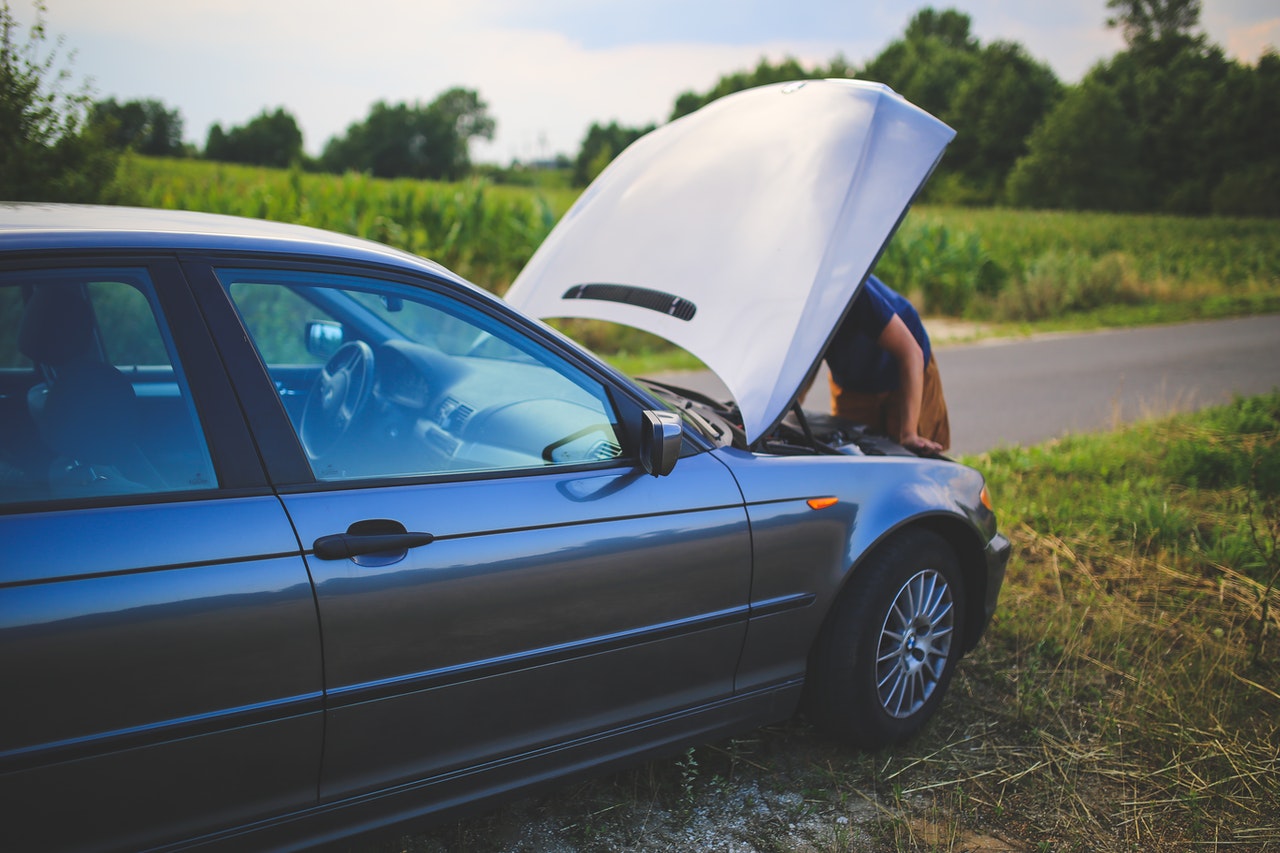Can You Ruin Your Car By Giving Someone a Jump Start?
Nearly all drivers need their vehicles jump-started at least once. Maybe we accidentally leave the lights after we park, or the vehicle’s battery needs replacement sooner than we think. There are plenty of tips on how to receive a jump start, but what if you’re the good Samaritan and you’ve been asked for help? Naturally, you may be concerned about jump starting’s effects on your own battery. This quick guide explains correct jump-starting procedures plus what NOT to do when you’re jumping another vehicle.
Jump-starting a vehicle is a common occurrence, but it’s essential to follow the correct procedures to avoid damaging your car’s electrical system or battery. When you find yourself in the role of a good Samaritan, providing a jump start can be a helpful act of kindness. However, it’s crucial to ensure you do it correctly. Connect the jumper cables properly, making sure the positive and negative terminals match up between the two vehicles. What you should never do is rev the engine excessively on the vehicle providing the jump, as this can overcharge and damage your own battery. Additionally, avoid attempting to jump-start a severely damaged battery or a vehicle with electrical issues, as it may lead to problems for your own vehicle. Remember, a safe and effective jump start can be a great way to assist someone in need while protecting your own car’s well-being. If you’re looking for used cars Calgary, following proper vehicle maintenance practices, such as jump-starting correctly, can help ensure your car stays in good condition for longer.
Does Giving Someone a Jump Drain Your Battery?
Let’s be clear about one thing: Proper jump starting does NOT harm your battery. But in order to do that, you must observe best practices when giving a jump. The key is to connect the jumper cables to both batteries in the correct order:
- First positive cable to positive terminal of dead battery
- Second positive cable to positive terminal of live battery
- First negative cable to negative terminal of live battery
- Second negative cable to clean unpainted piece of metal
You probably already know that red jumper cables are positive and black cables are negative. Many vehicle batteries follow the same pattern, with positive terminals marked red and negative terminals in black. If the terminals aren’t colored, they may have color-coded post caps instead.
After hooking everything up, start the donor vehicle first. Then start the vehicle with the dead battery. If it turns over and starts, you’re probably in good shape. Let the recipient’s vehicle run while carefully disconnecting all four cables. The recipient vehicle should run for at least 15 minutes to build the battery’s charge.
What Should You NOT DO When Jumping a Car?
You’ve now reviewed the proper way to jump a vehicle. It seems pretty easy, right? Unfortunately, drivers can make a few common mistakes during the process:
- Allowing both vehicles to touch each other
- Leaving accessories on, such as stereos and climate control
- Not ensuring that cable clamps and battery terminals are clean
- Turning off either vehicle during jumping
Running accessories takes up precious power needed by the donor vehicle’s battery. Dirty terminals prevent the flow of power, and corroded posts indicate bigger battery problems. Having the vehicles touch is also a bad idea – you run the risk of burning out your own battery.
This next point is probably common sense, but it bears mentioning. Unless there is no other option available, avoid jumping a motorcycle with your vehicle. Motorcycle batteries are smaller and have much lower amperage than a car or truck battery. Besides voiding the motorcycle battery’s warranty, you could end up damaging the battery, overloading the bike’s electrical system, and burning out its starter.
What If the Other Vehicle Doesn’t Start?
If you follow the proper steps and the recipient’s vehicle still doesn’t start, you may have bigger problems. Clicking noises during startup attempts can point to a faulty starter. Dimmed lights, trouble starting, and stalling after starting may indicate a failing alternator. There’s also a chance that the other vehicle may have a car battery dead. No matter what the outcome, the other driver should take the vehicle to an auto parts retailer and get its battery tested.



